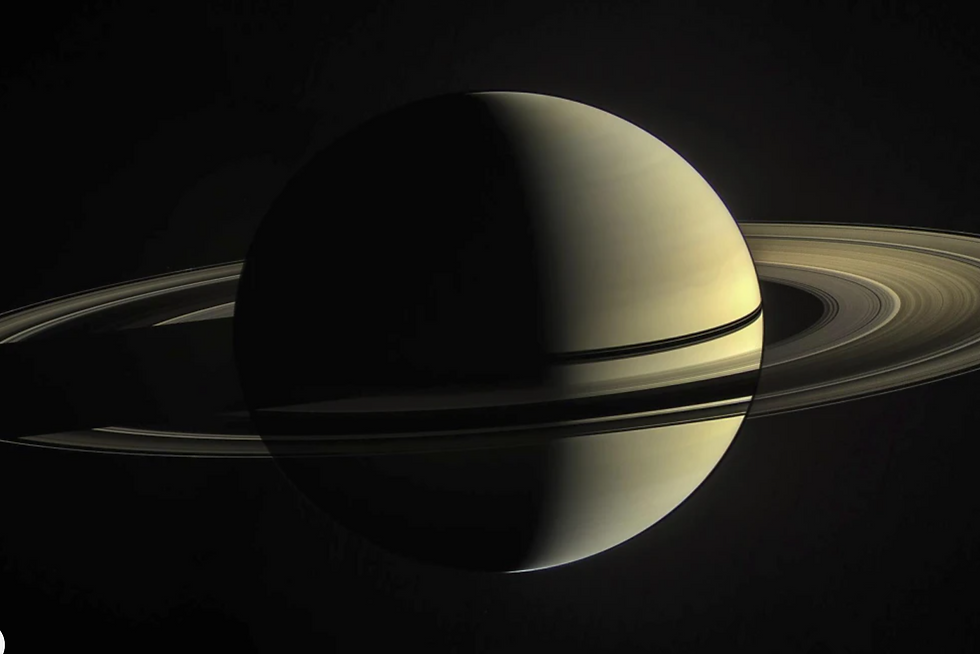Exploring the Unseen: What Surprising Discoveries Did the Spacecraft Uncover at Mercury's North Pole?
- Century Records

- Jan 11
- 1 min read

CAPE CANAVERAL, Fla. (NB360) — A spacecraft has transmitted some of the finest close-up images yet of Mercury’s north pole.
The European and Japanese robotic explorer flew as near as 183 miles (295 kilometers) above Mercury’s night side before moving directly over the planet’s north pole. The European Space Agency unveiled the remarkable photos on Thursday, highlighting the permanently shadowed craters at the top of our solar system’s smallest and innermost planet.
Cameras also captured images of nearby volcanic plains and Mercury’s largest impact crater, which stretches over 930 miles (1,500 kilometers).
This marked the sixth and final flyby of Mercury for the BepiColombo spacecraft since its launch in 2018. This maneuver set the spacecraft on track to enter orbit around Mercury late next year. The spacecraft contains two orbiters, one for Europe and another for Japan, that will orbit the planet’s poles.
The spacecraft is named after the late Giuseppe (Bepi) Colombo, a 20th-century Italian mathematician who contributed to NASA’s Mariner 10 mission to Mercury in the 1970s and, two decades later, to the Italian Space Agency’s tethered satellite project that flew on the U.S. space shuttles.
___
News Blend 360 Health and Science Department receives support from the Howard Hughes Medical Institute’s Science and Educational Media Group and the Robert Wood Johnson Foundation.




Comments